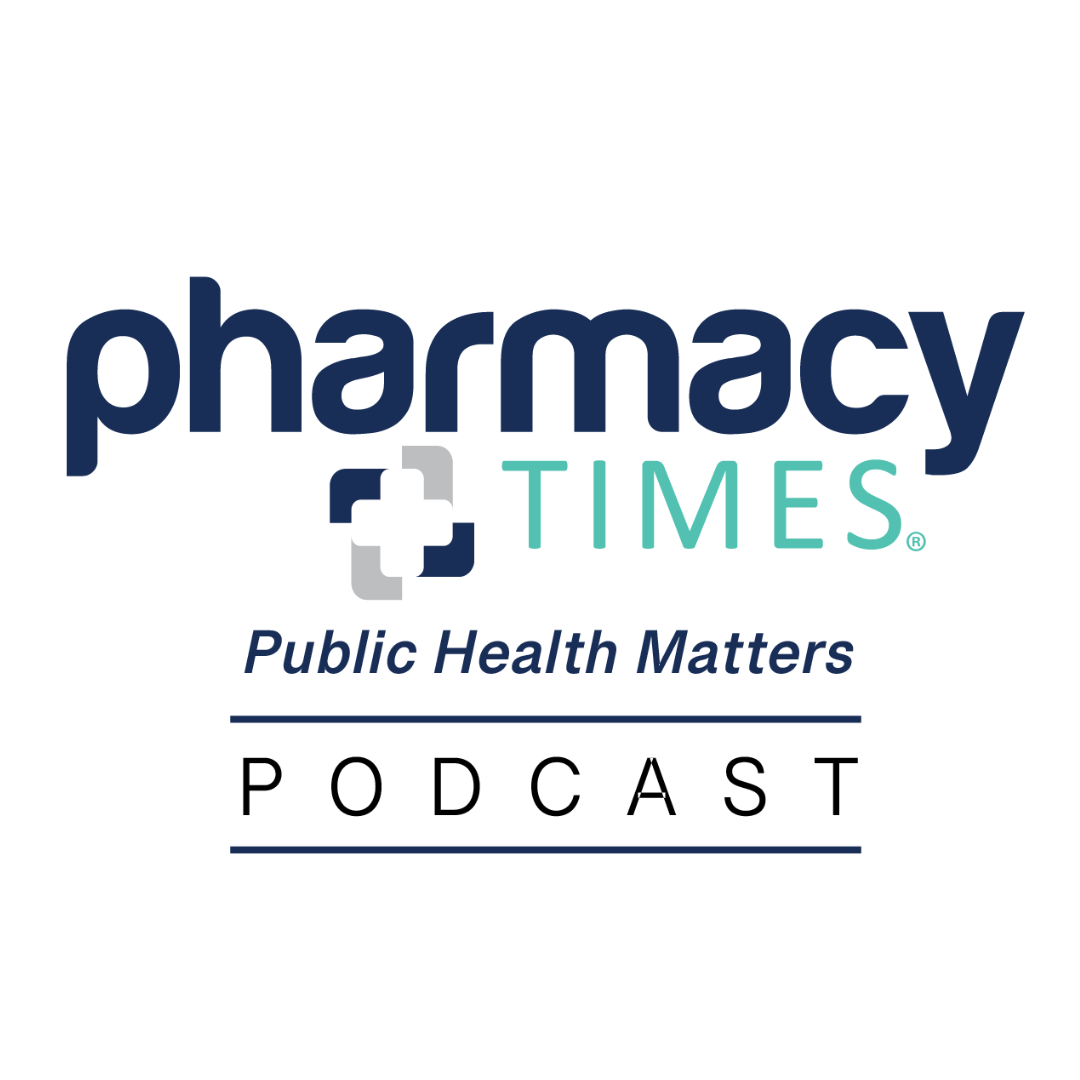Adults with insomnia may have a genetic predisposition to it, according to the results of a new study published in the Journal of Psychology and Psychiatry. According to the findings, the genetic propensity for insomnia can be linked to poor sleep traits as a child.
Takeaways
- Early-life stress alone can have a very negative impact on a developing brain.
- Stress alone or combined with traumatic brain injury can make the brain more vulnerable, leading to potential negative programming that affects someone later in life.
- Combined, stress and head injury may impact the oxytocin pathway, which is associated with social bonding.
- Early-life stress alone impacted risk-taking behavior later in life.
“This is the first study providing direct evidence that genetic susceptibility for poor sleep is reflected in sleep problems already in early childhood,” study authors write in the paper. “By showing that genes predisposing adults to insomnia play a role in poor sleep from toddlerhood to adolescence, we provide indirect evidence for a persistency of the ‘poor sleeper’ phenotype across the lifetime.”
Investigators conducted the study to determine whether the genetics that predispose adults to insomnia or longer sleep duration are associated with sleep problems during childhood and adolescence. During the trial, investigators evaluated children's polygenic risk scores (PRS) for insomnia (PRS-I) and sleep duration (PRS-SD). The study enrolled 2458 children whose parentsreported a score on the insomnia-related items section of the Child Behavior Checklist at ages 1.5, 3, and 6 years. The parents also reported sleep scores at ages 10 to 15 years.
Children with a higher PRS-I score were reported to have more insomnia-related problems during early childhood and adolescence (BPRS-I < 0.001 = .09, 95% CI: 0.05; 0.14), but children with a higher PRS-SD appeared to have longer sleep duration (BPRS-SD < 5e08 = .05, 95% CI: 0.001; 0.09). Further, between the ages of 10 and 15 years, patients who slept longer were more likely to be awake during the night (BPRS-SD < 0.005 = .25, 95% CI: 0.04; 0.47).
Investigators also found that the genes predisposing someone to insomnia, while having much overlap with genes associated with longer sleep duration, are slightly different. A subgroup analysis of patients aged 10 to 15 years showed that patients with a genetic predisposition for longer reported sleep duration had longer sleep, but woke up more during the middle of the night.
There is a possibility that some of the findings are due to chance. The clinical or ecological implications, as well as methodology in which the study was conducted, are limited, according to the authors. Finally, the reported sleep scores cannot be generalized by ethnicity.
Up to 30% of children aged 1 to 12 years may suffer from sleep problems; these can manifest as trouble falling asleep, waking up frequently from sleep, or not getting enough sleep. Sleep problems that affect children and adolescents can carry over into adulthood, where the current remission rate is less than half (40%) and pharmaceuticals do not offer significant relief.
Other studies suggest that sleep interventions at an earlier age may positively impact behavioral outcomes that are linked to sleep. Some of these studies suggest that treating insomnia or sleep-related problems at an earlier age may stave of affective disorders, such as depression, in adulthood.
“Our results highlight the importance of considering qualitative, quantitative, objective, and subjective sleep characteristics from early age onwards,” the authors concluded. “The manifestation of genetic liability in sleep phenotypes early in life offers potential targets for early risk estimation, detection, prevention, and intervention, with possible long-term benefits.”
Reference
Kocevska D, Trajanoska K, Mulder RH, et al. Are some children genetically predisposed to poor sleep? A polygenic risk study in the general population. J Child Psychol Psychiatr. November 8, 2023. DOI: 10.1111/jcpp.13899







